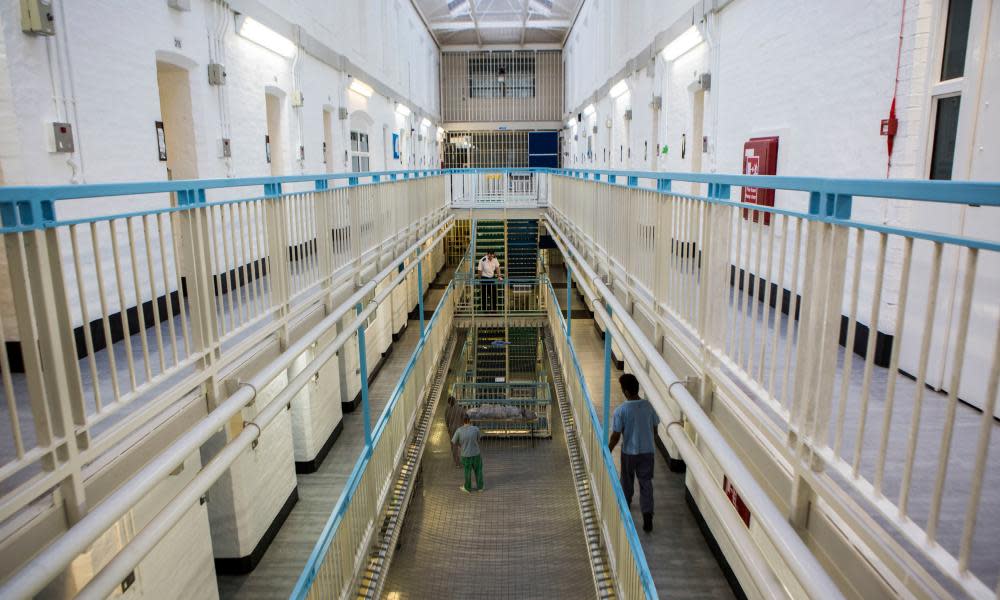Prisoners could help fill post-Brexit workforce gap, says minister

Offenders could fill the workforce gap left behind by Brexit, the justice secretary has said, as he launched a strategy to boost prisoners’ employment prospects.
Prisoners could work in sectors likely to be hit by the UK leaving the European Union such as catering, construction and agriculture, David Gauke said.
Speaking at HMP Isis, in south-east London, Gauke – who backed the remain campaign in the EU referendum – said migrant workers had been relied on to fill roles but the British public wanted to see that “as many UK citizens are employed as possible”.
A wide range of industries have previously voiced fears of a workforce crisis after Brexit. Gauke said: “Leaving the European Union is likely to have an impact on the workforce in sectors such as catering, construction and agriculture. I see an opportunity here for both prisoners and employers, particularly those operating in these sectors.”
Gauke was launching an education and employment strategy aimed at improving prisoners’ skills while in custody and increasing job opportunities when they leave.
“We’ve got employers struggling to find people. Now is an opportunity to do that,” he said. “Perhaps in the past the answer has always been about migrant workers that have made a big contribution to the economy. But I think the British public expect us to make sure as many UK citizens are employed as possible.”
The strategy includes proposals to increase the use of release on temporary licence (ROTL) for work placements, which has fallen in recent years in the wake of a number of high-profile incidents involving criminals offending while on day release.
In 2014 an armed robber nicknamed the “Skull Cracker” was jailed for life for raiding a building society branch in Surrey while on the run from an open prison. Michael Wheatley, 55, had absconded while on temporary release.
Responding to questions at the launch on Thursday, Gauke said he was open to extending the use of ROTL placements beyond category-D prisoners to higher-risk inmates in category-C prisons or higher.
“For prisoners who have earned it and who have been properly risk-assessed, we will get more prisoners out of their cells and into real workplaces,” he said. “We intend to do this by expanding and increasing the use of release of prisoners on temporary licence for work.”
The strategy documents state that the number of ROTL placements fell by more than a third between 2013 and 2017, producing nearly 200,000 fewer releases involving 4,000 fewer prisoners.
Ministers hope the strategy will help to cut the £15bn annual cost of reoffending, as ex-offenders in employment are up to nine percentage points less likely to commit further crime. At present, just 17% of offenders are in taxpaying employment a year after release.
Education and training, work in custody and the availability of employment opportunities in the community also feature in the strategy. Prison governors are to be given the power to commission education and training programmes and tailor them to meet specific labour market requirements within the prison.
Peter Dawson, the director of the Prison Reform Trust, said: “This is a welcome strategy full to the brim with good intentions. It could make a big difference to the families and communities to which prisoners return on release. But almost none of those good intentions set a date for when they will be delivered, or how many people will benefit. We have heard many of these promises before.”
Richard Burgon, the shadow justice secretary, said: “While prisoners are stuck in their cells for 23 hours a day due to severe understaffing, soaring violence and a prisons crisis driven by Tory cuts, this is yet another prison policy that, sadly, looks set to fail.”

 Yahoo News
Yahoo News 
